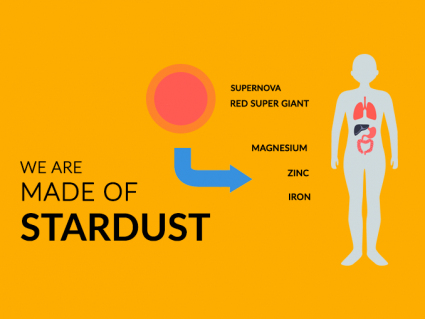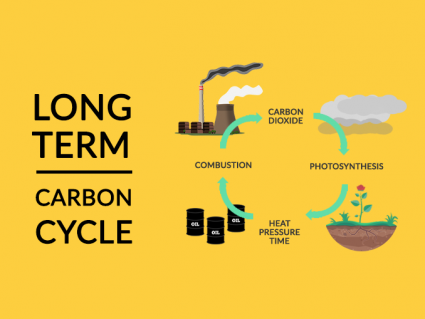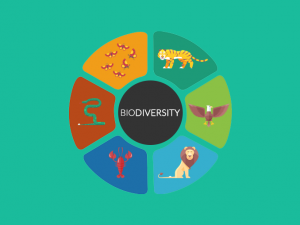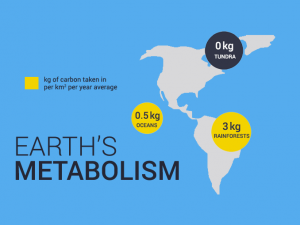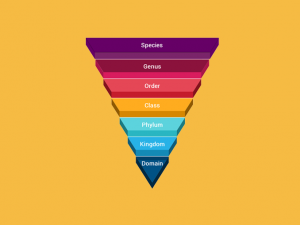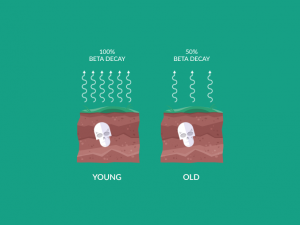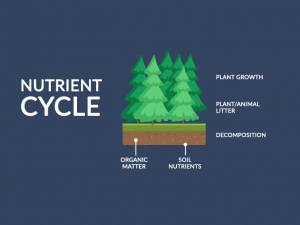10 Parts of the Eye
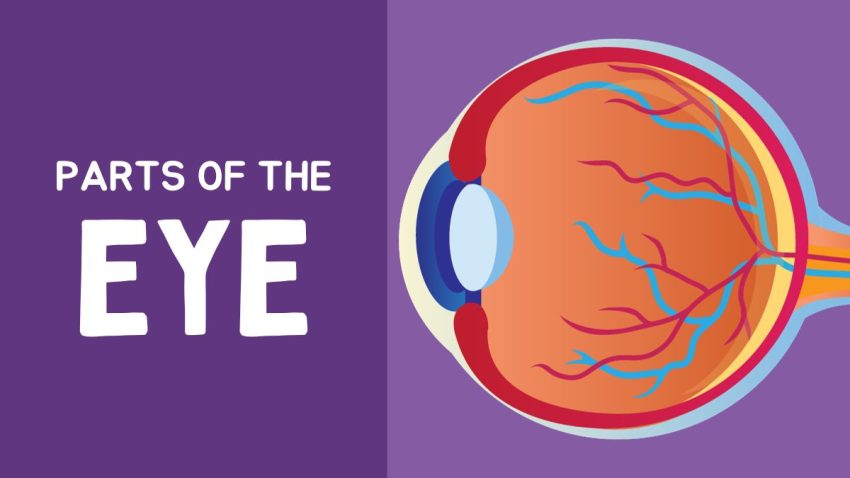
What are the parts of the eye?
Have you ever wondered about the different parts of the eye? Our eyes are one of the most complex body parts because it’s like our window to the world. Understanding the parts of the eye is not only fascinating but also helps us recognize how our vision works.
Today, we’ll explore the components of the eye and each one of their functions. Before we begin, here’s a diagram that displays the parts of the eye that we’ll review. Use it as a visual reference to help you see the big picture.
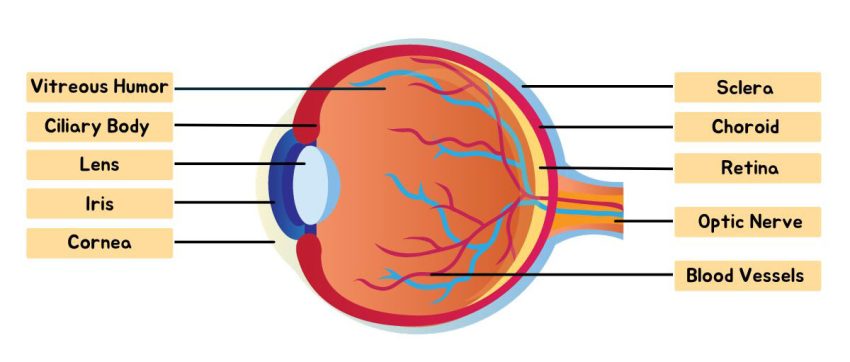
1. Retina
The retina is a thin layer of tissue lining the back of the eye, containing cells that are sensitive to light. It converts the light that enters the eye into electrical signals. Then, they are sent to the brain to create visual images.
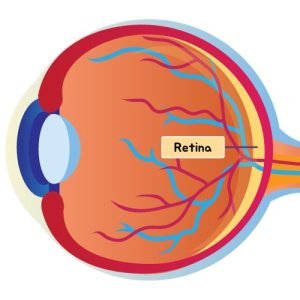
2. Iris
The iris is the colored part of the eye. Much like the aperture of a camera, the iris controls the amount of light entering the eye. It does this by adjusting the size of the pupil. In low light, the iris widens the pupil to let in more light and vice versa.
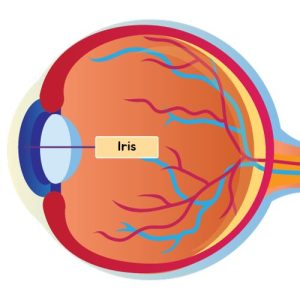
3. Lens
The lens is a transparent, flexible structure. It’s located behind the iris in the eye, working much like a camera lens. It focuses light onto the retina, adjusting its shape. This helps us see objects clearly at different distances.
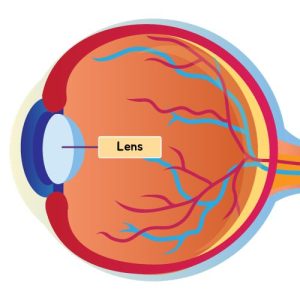
4. Cornea
The cornea acts as a protective layer and plays a key role in focusing your vision, bending light as it enters the eye. It’s a clear, dome-shaped surface that covers the front of the eye. It also shields the eye from dust, germs, and other harmful particles.
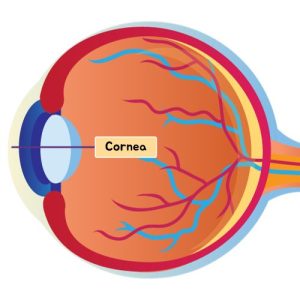
5. Vitreous Humor
The vitreous humor is a clear, gel-like substance. It fills the space between the lens and the retina in the back of the eye. Also, it helps maintain the eye’s round shape by allowing light to pass through to the retina.
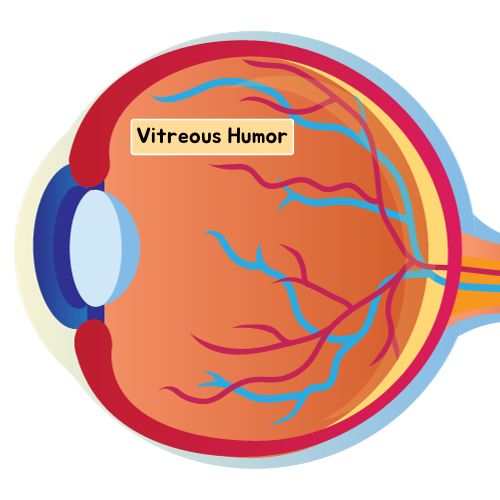
6. Sclera
The sclera is the white, outer layer of the eyeball that provides structure and protection. It’s a tough, opaque tissue that forms the supportive backing of the eye, visible as the ‘white of the eye’.
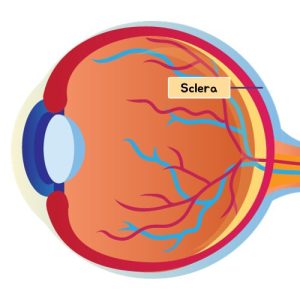
7. Choroid
The choroid is a layer of the eye located between the retina and the sclera, rich in blood vessels. This part of the eye helps nourish the retina. Its function is to help maintain eye health by regulating temperature within the eye.
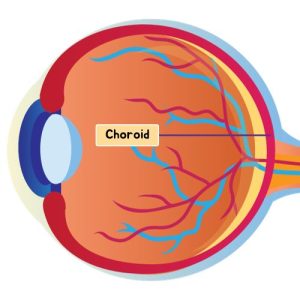
8. Ciliary Body
The ciliary body is a ring-shaped structure in the eye that connects the iris to the choroid. It produces the aqueous humor (the fluid in the front part of the eye). Plus, it contains muscles that change the shape of the lens for focusing.

9. Blood Vessels
Blood vessels in the eye provide oxygen and nutrients to the eye’s tissues. This includes the retina and the choroid. These vessels also help remove waste products, ensuring the eye remains healthy and functions properly.

10. Optic Nerve
The optic nerve is a vital cable-like bundle of nerve fibers at the back of the eye. Its main function is that it transmits visual information from the retina to the brain. This nerve is essential for vision, as it carries the images we see to the brain for interpretation.
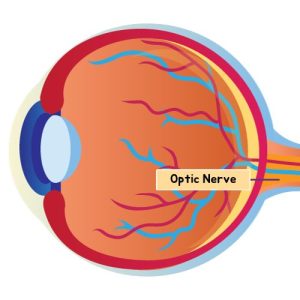
Summary: Parts of the Eye
Each part of the eye plays a role in seeing the world around us (like the EM spectrum). Understanding these components of the eye helps us appreciate the complexity and wonder of our vision.
We hope this article has helped you understand the parts of the eye. If you have any questions or would like to share your thoughts, please feel free to post them in our comment section below.



